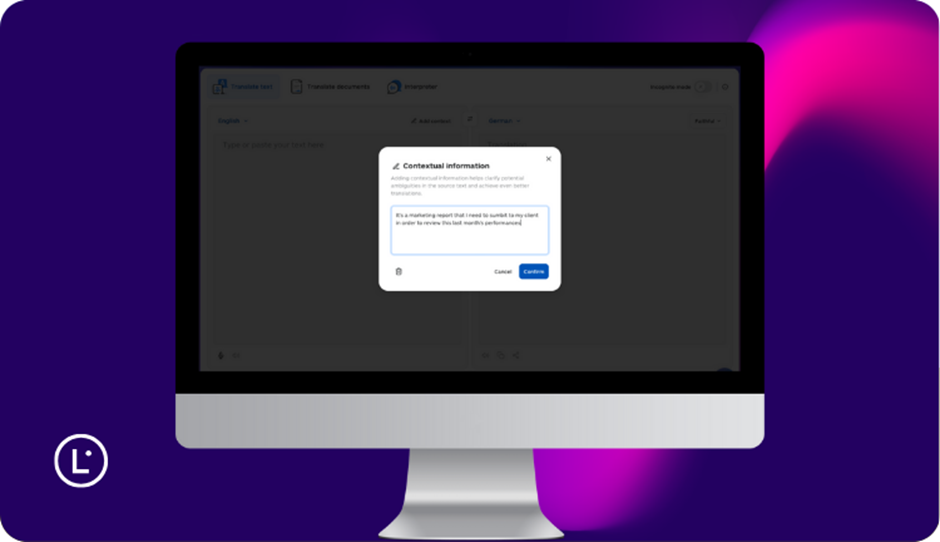In today’s global digital economy, speed isn’t just a nice-to-have for startups — it’s survival. Whether you’re launching features, testing campaigns, or expanding into new markets, everything moves fast. But what about translation? Can startups really move that fast when it comes to going multilingual?
Let’s break down what “translation at startup speed” actually means, and whether it’s even possible.
Why Global Startups Can’t Wait
Startups today go global by default. Within weeks of launching, your product might be used in 10 different countries. That sounds exciting, but it comes with a catch — websites, onboarding flows, help centers, pitch decks, and UIs all need to be translated and localized.
Here’s the problem: traditional translation services are slow, expensive, and clunky. They weren’t built for agile teams that iterate daily. So the real question is, how can fast-moving startups keep language in the loop?
Speed Translates to Growth
Moving fast with translation isn’t just about beating competitors to new markets. It’s about momentum.
Fast translation helps you:
- Get quicker feedback from international users
- Convert global visitors with localized landing pages
- Show up prepared with multilingual pitch decks
- Build trust with users who expect content in their language
In a startup, speed creates trust. And trust builds traction.
What Makes Fast Translation Actually Possible
Forget the old-school model of waiting days for translated content. Thanks to new tools and smarter workflows, fast translation isn’t a pipe dream anymore.
Here’s what’s changed:
1. AI Translation Tools
Platforms like DeepL, Google Translate and now the new Lara Translate SaaS which is already delivering a much higher quality instantaneously. For things like internal docs, MVPs, and short-lived marketing, AI is often fast and good enough. When needed, you can bring in human editors to polish it.

2. Scalable Localization Platforms
Startups are now using platforms that plug directly into their dev workflows. You can push translations into your app, website, or CMS without leaving your product cycle.
3. Agile Localization Mindset
You don’t need to translate everything on day one. Start with what matters — your homepage, your top features, maybe a few onboarding emails. Test it, measure it, then scale. It’s the same lean mindset you already use for product development.
Knowing When to Slow Down
Not every piece of content should be translated at lightning speed. Some things — legal docs, investor reports, or key brand messaging — still need a slower, more careful approach.
The trick is knowing the difference. Move fast where you can, and slow down where you should.
Translation as a Growth Lever
Smart startups aren’t treating language as a last step anymore. They’re building it into their product and marketing from day one.
Done right, translation helps you:
- Reach global customers faster
- Lower customer acquisition costs
- Increase retention with localized onboarding
- Build trust in local markets
Language isn’t just a cost. It’s a way to grow faster and more sustainably.
So — is startup-speed translation a myth?
Not anymore.
With the right tools, a clear plan, and a lean approach, even small teams can go global without slowing down. Whether you’re launching in Mexico, pitching in France, or onboarding in Japan, fast and thoughtful translation is now a competitive edge.
In a world where attention is short and everyone’s one click away from a competitor, speaking your user’s language from day one might be the smartest move you make.




